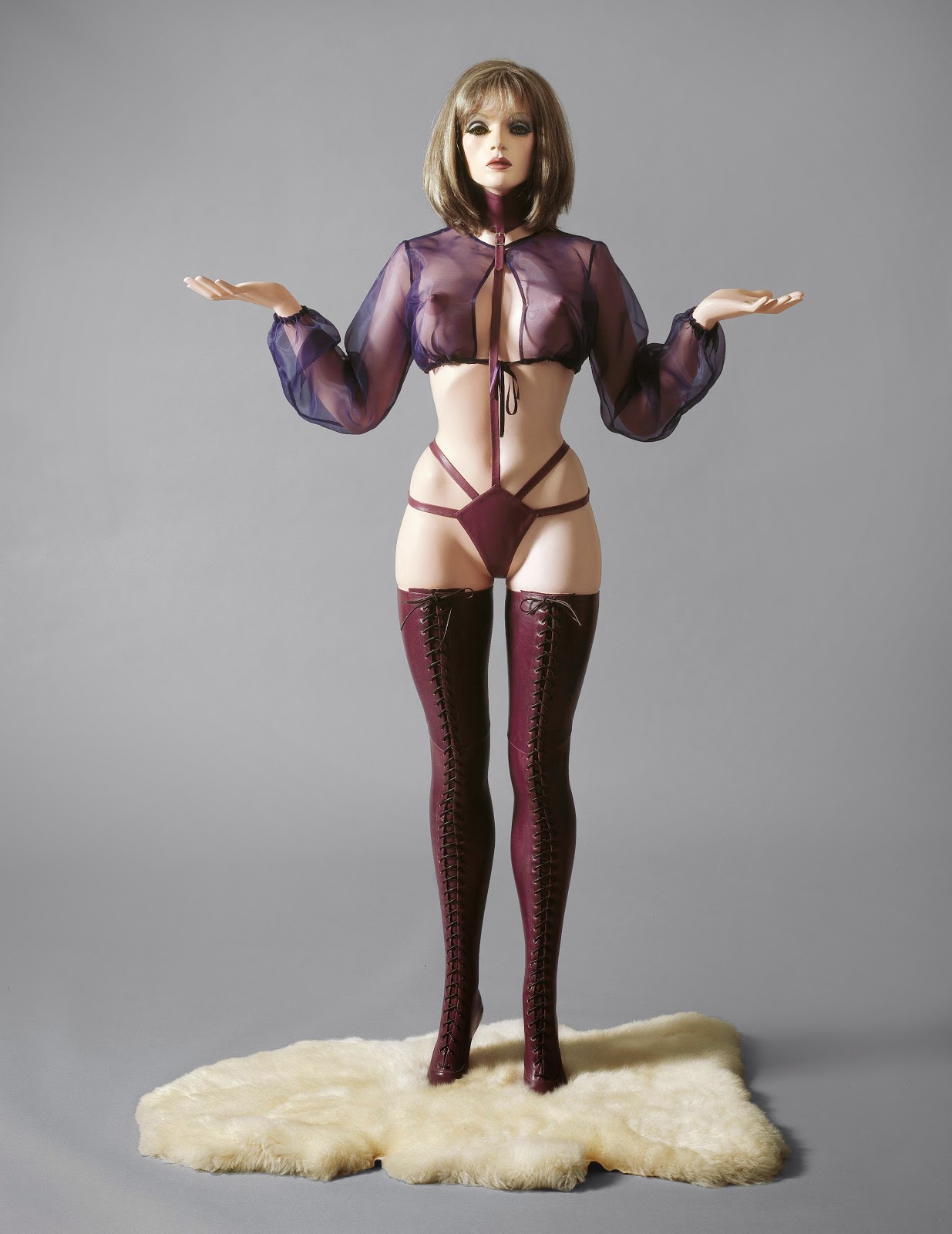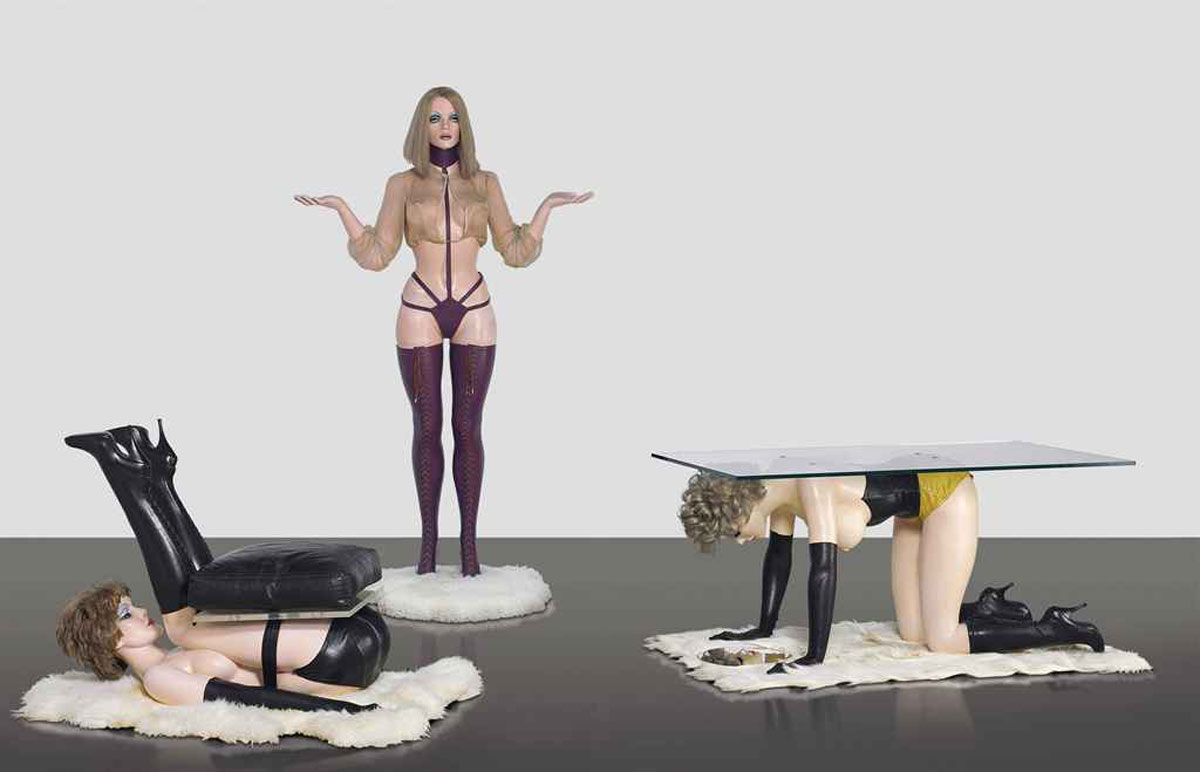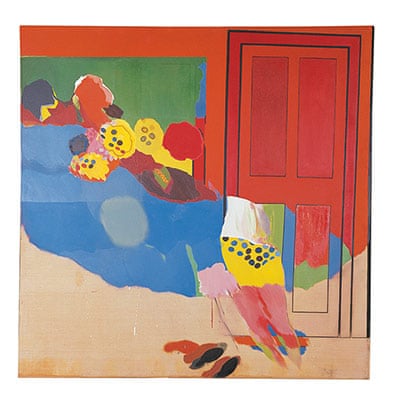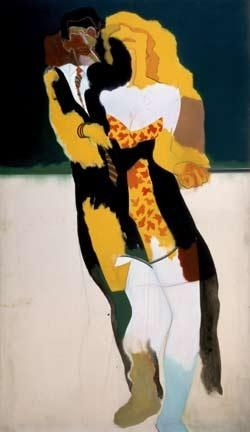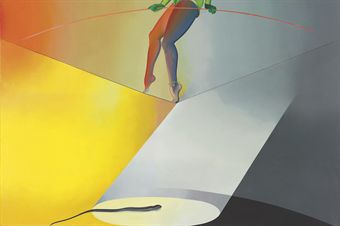↧
Channel:
Art History News
X
Are you the publisher?
Claim or
contact us
about this channel.
X
0
Channel Details:
- Title: Art History News
- Channel Number: 9198012
- Language: English
- Registered On: March 20, 2013, 8:07 pm
- Number of Articles: 2985
- Latest Snapshot: July 14, 2025, 9:00 pm
- RSS URL: http://arthistorynewsreport.blogspot.com/feeds/posts/default?alt=rss
- Publisher: http://arthistorynewsreport.blogspot.com/
- Description:
- Catalog: //history927.rssing.com/catalog.php?indx=9198012
© 2025 //www.rssing.com




